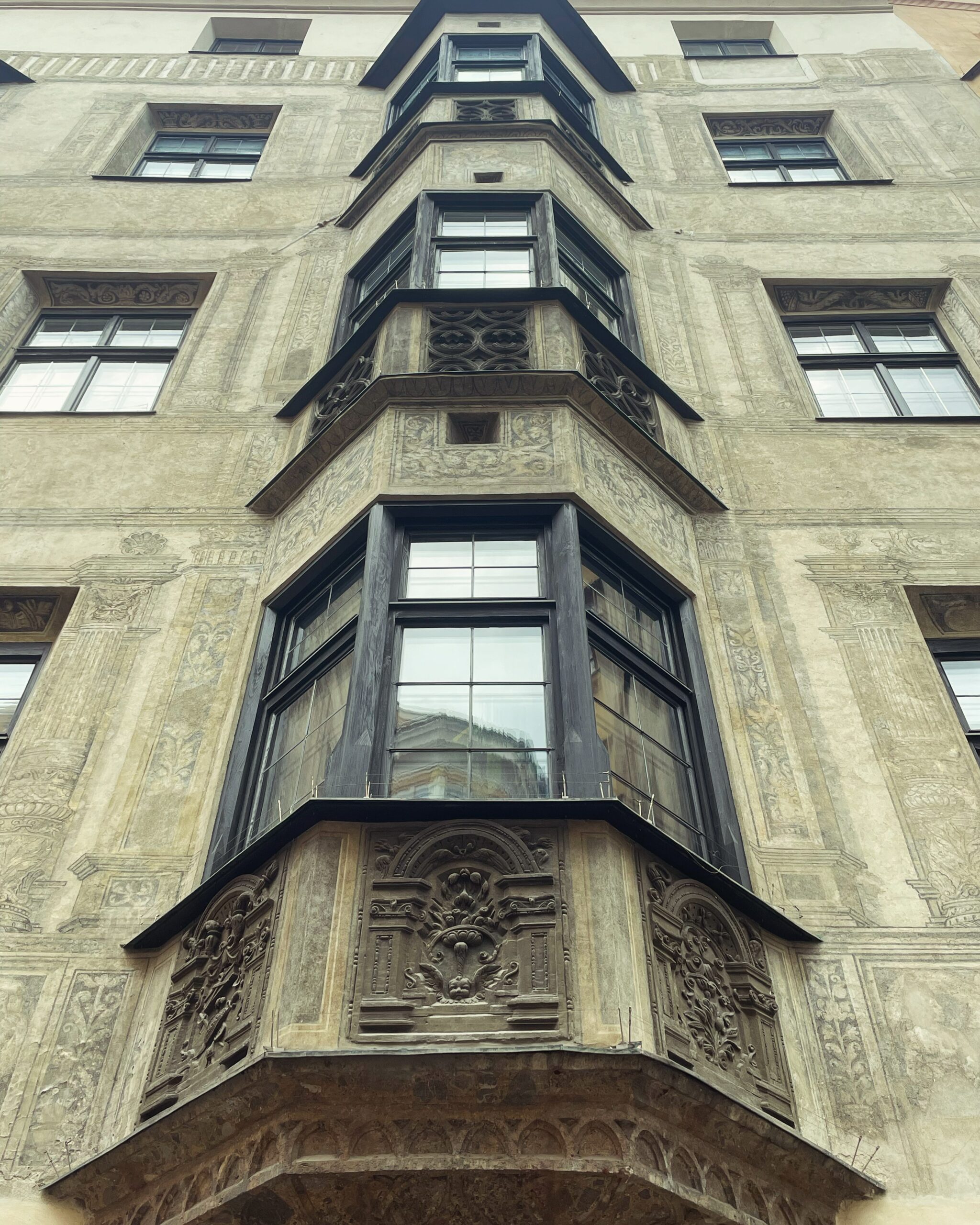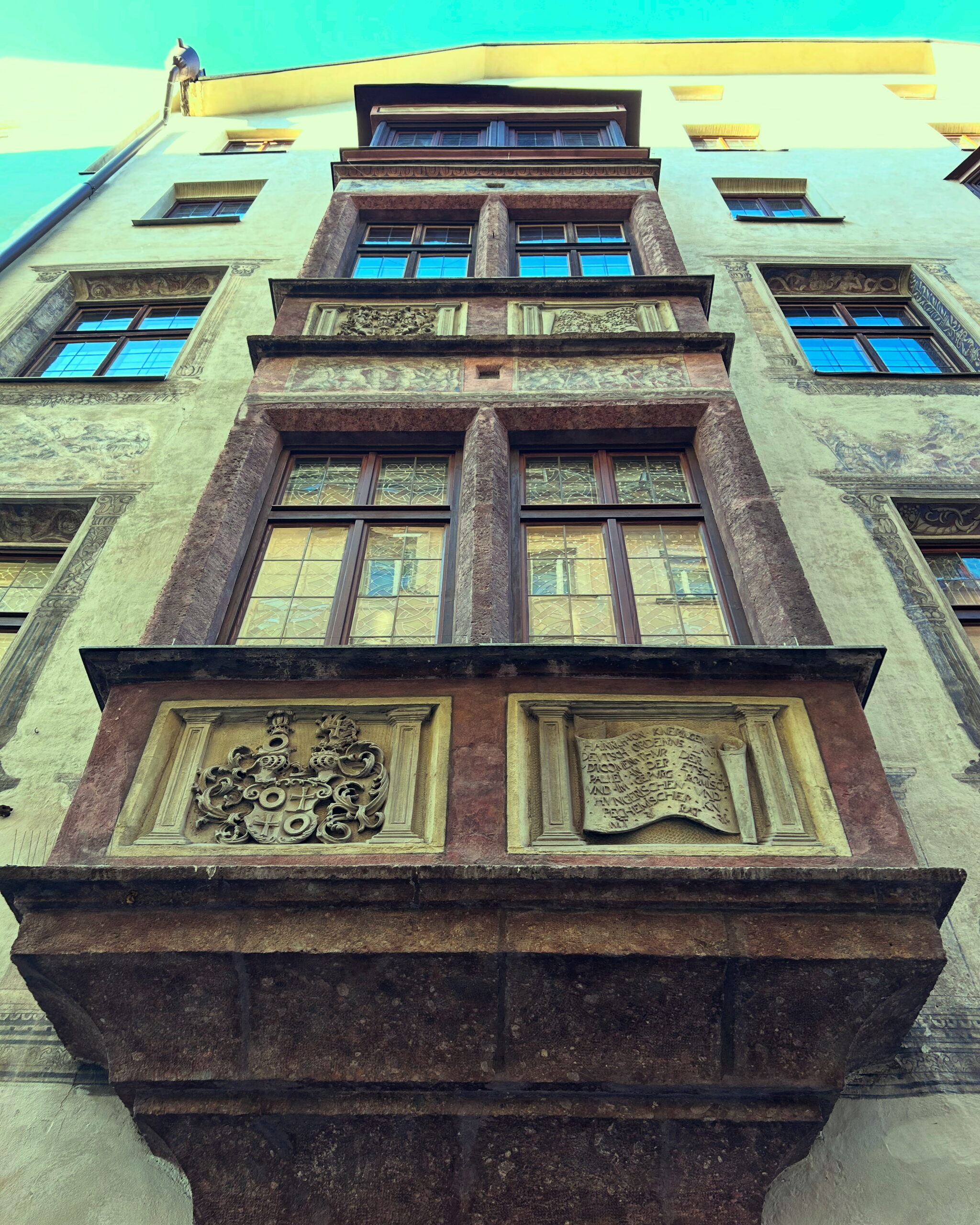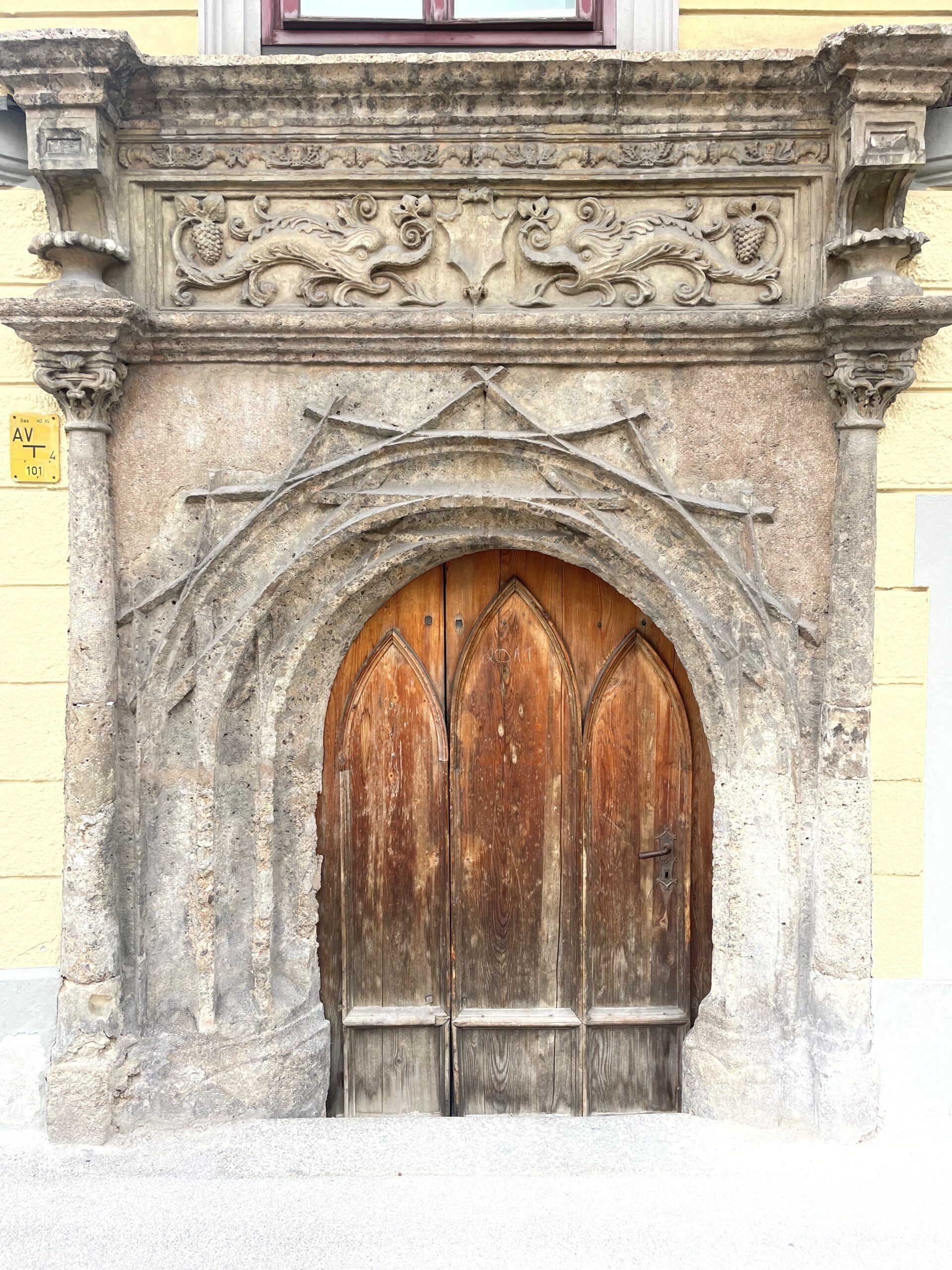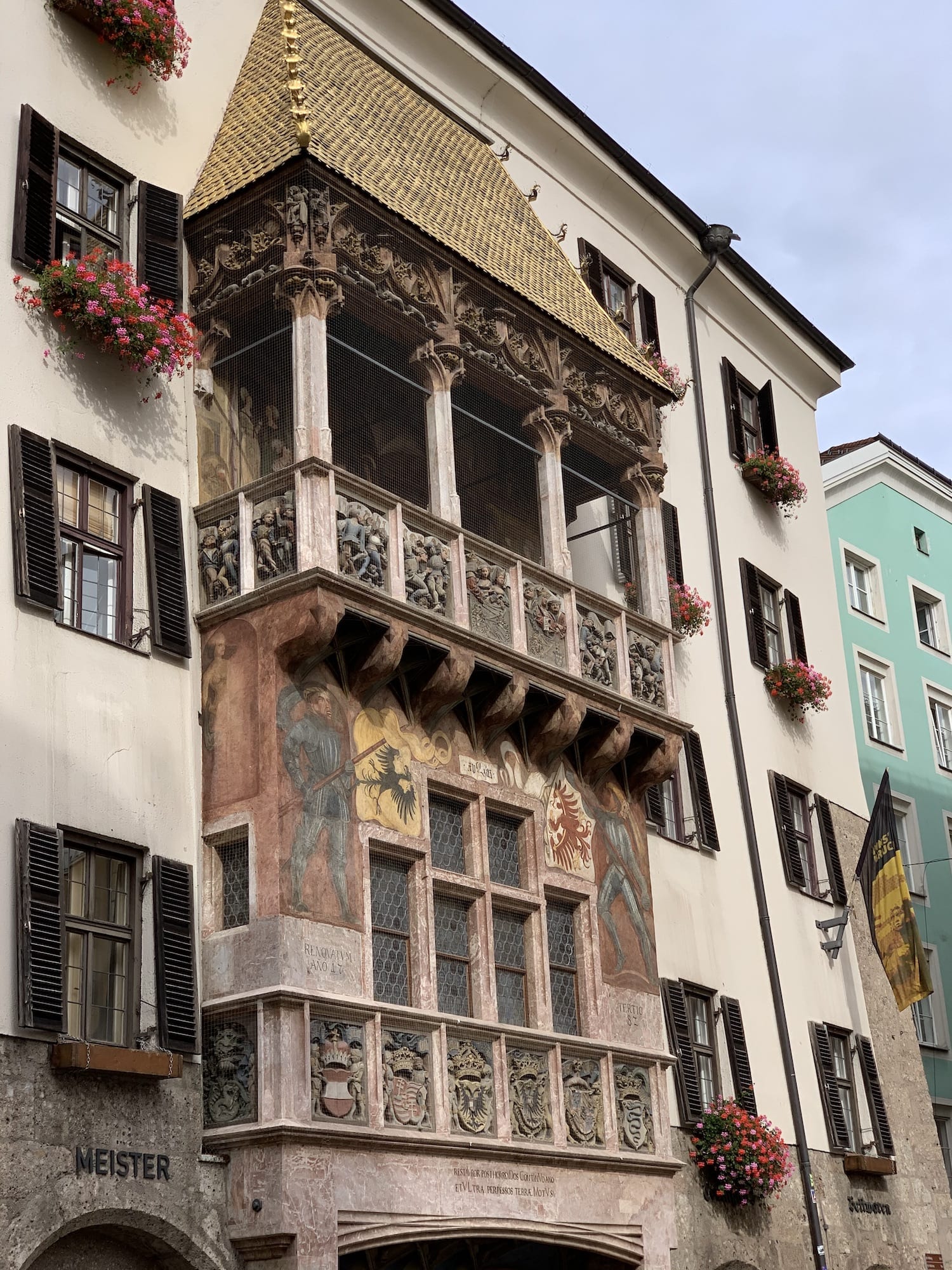Türing dynasty of master builders: Innsbruck becomes a cosmopolitan city
Türing dynasty of master builders: Innsbruck becomes a cosmopolitan city
Siegmund der Münzreiche was the one who brought Niklas Türing (1427 - 1496) to Innsbruck in the 15th century. He made his first documented appearance in 1488. The Türings were a family of stonemasons and master builders from what is now Swabia, which at the time was part of the Habsburg Monarchy as part of Vorderösterreich. Innsbruck had been the royal seat of the Tyrolean princes for several decades, but the architectural splendour had not yet arrived north of the Alps. The city was a collection of wooden houses and not very prestigious. Golden times were dawning for craftsmen and master builders, which were to gather even more momentum under Maximilian. There was a real building boom. Aristocrats wanted to have a residence in the city in order to be as close as possible to the centre of power. In the days before the press, a functioning postal system, fax and e-mail, politics was mainly played out through direct contact.
The Türings made a career in step with the city. It is reported from 1497 that Niklas Türing was in the service of the sovereign as a "paid court mason". When he died in 1517 or 1518, it is not known for certain, he was listed on his gravestone as "Roman imperial majesty's chief foreman" is the title. Together with his son Gregor, he was listed as a master stonemason. This enabled the Türings to acquire citizenship in Innsbruck. By 1506 at the latest, they had a house in the workers' and craftsmen's neighbourhood Anbruggen. In 1509, they were able to acquire the house of today's Gasthof zum Lamm in Mariahilfstraße. Further property was added at what is now Schlossergasse 21.
In the course of the late Middle Ages, the early Gothic period and later the Renaissance gave Europe a new architectural guise with a new understanding of architecture and aesthetics. Buildings such as Notre Dame or the Minster of York set the trend that would characterise the whole of Europe until the onset of the Baroque period. Pointed towers, ribbed vaults, bay windows and playful carvings depicting everyday courtly life are some of the typical features that make the heterogeneous style recognisable. The work of the Türings can be traced particularly well in the old town centre. Many of the town houses, such as the Trautsonhaus still have Gothic ground plans, inner courtyards and carvings.
The Türings left their mark on Gothic Innsbruck in the transitional period between the Middle Ages and early modern times. Thanks to their training, they combined an eye for the big picture and details in their building projects. They were known for their particularly fine stonework, which resulted in ornate portals, arcades, staircases and vaults. They produced relief jewellery with patterns in the typical style of Renaissance art. Grotesques, vases and depictions of animals were typical ways of decorating bay windows and smooth walls. The symmetrical arrangement of the individual elements is also a characteristic of the period.
Niklas Türing is the Goldene Dachl to a large extent. He also created the statue of the Burgriesen Haidla particularly tall member of Siegmund's bodyguard, which can be seen today in the city tower. Emperor Maximilian held him in such high esteem that he allowed him to display the family coat of arms of the Türings and his wife, a fountain and a fish, in the vault of the Goldenen Dachls to immortalise him. His son Gregor immortalised himself with the Trautsonhaus in der Herzog-Friedrich-Straße und am Burgriesenhaus in the Domgasse. The last of the Türings to have an influence on the Innsbruck building scene was Niklas Türing the Younger, who began planning the Hofkirche together with Andrea Crivelli. In the 16th and 17th centuries, the influence of the Gothic style began to wane, especially in what is now Austria. Churches in particular were increasingly remodelled and rebuilt in the Baroque style as part of the Counter-Reformation. Today, Türingstraße in the east of Innsbruck is a reminder of the early modern dynasty of master builders.
Sights to see...
Büchsenhausen Castle
Weiherburggasse 3-13
Gasthaus Elephant & Gasthof zur Eiche
Innstraße 85 / 87
Deutschordenshaus
Hofgasse 3
Trautsonhaus & Katzunghaus
Herzog-Friedrich-Straße 16 – 20
Goldenes Dachl
Herzog Friedrich Straße
Hofzwerg und Burgriese
Hofgasse 12



